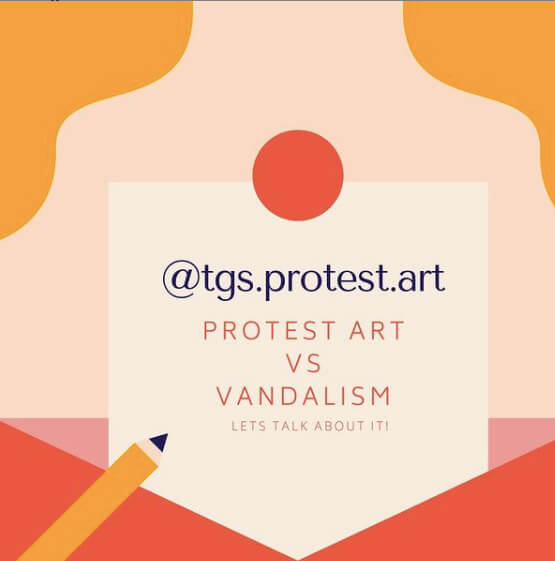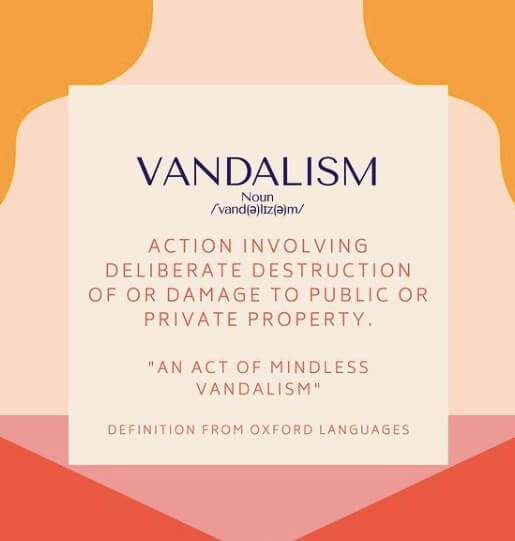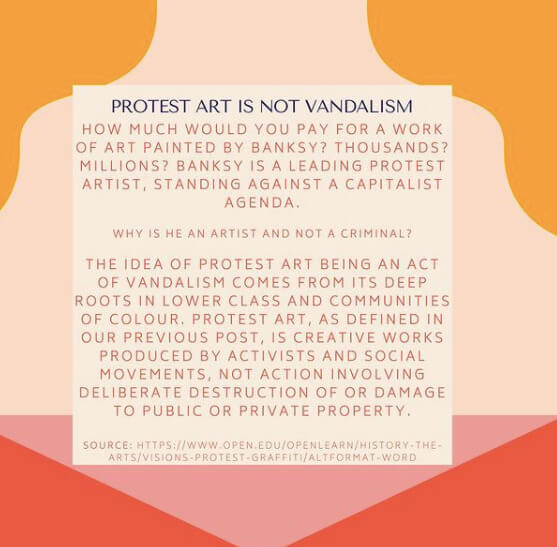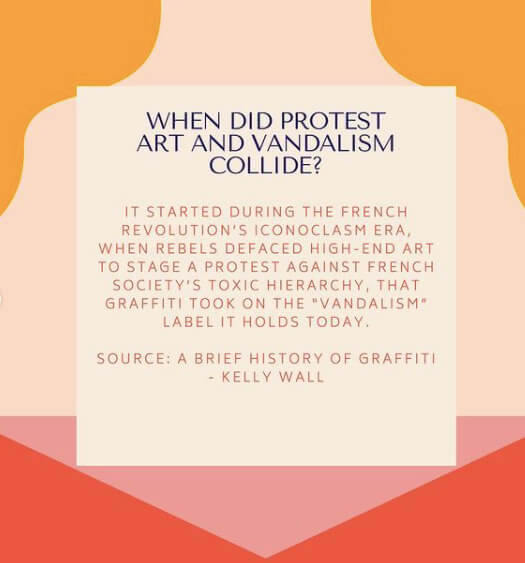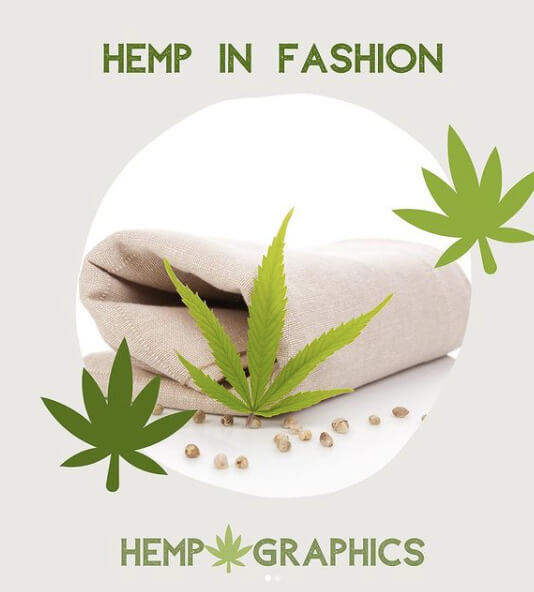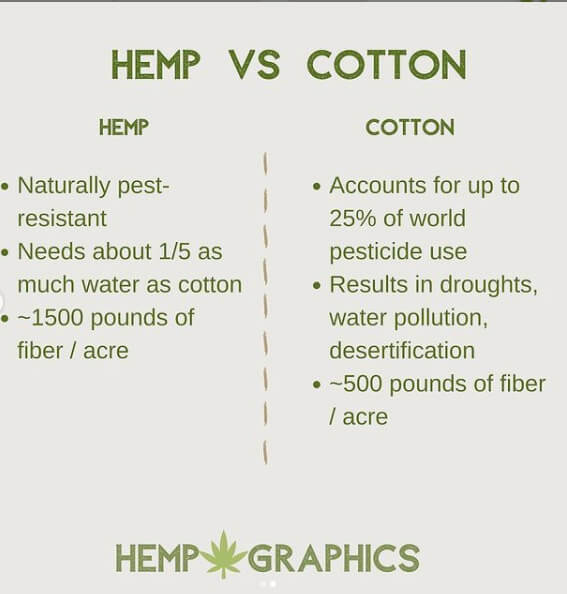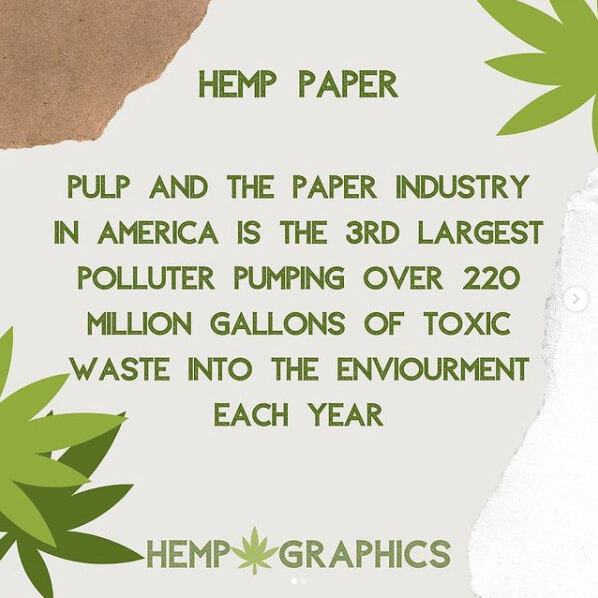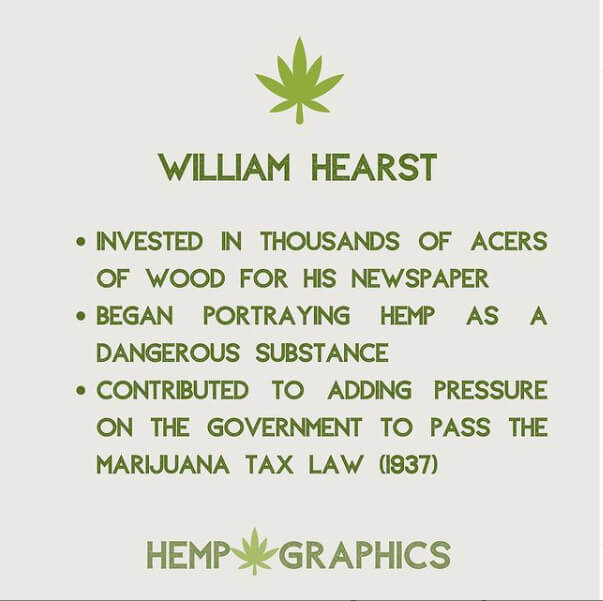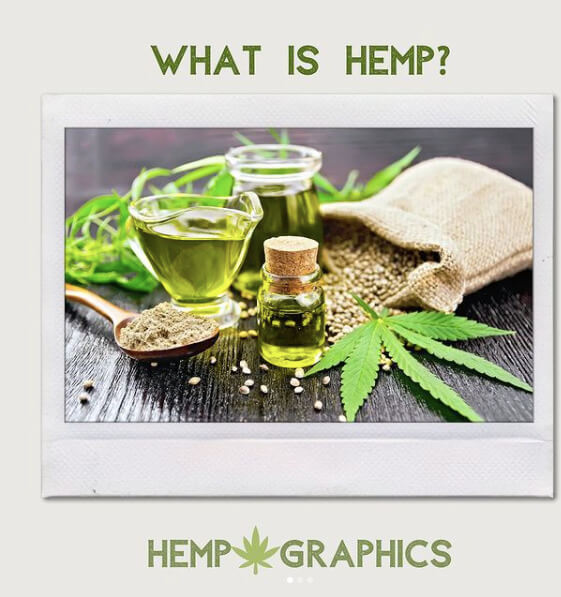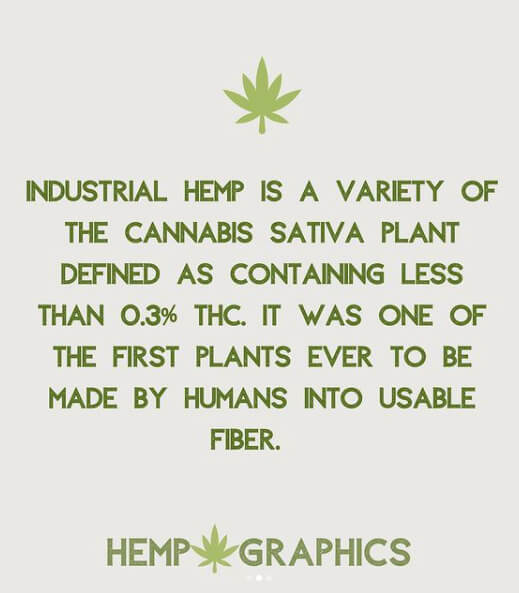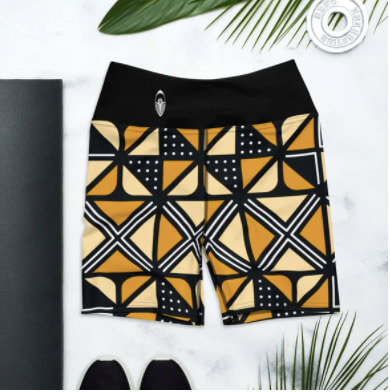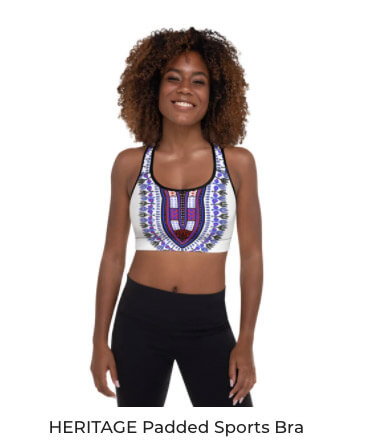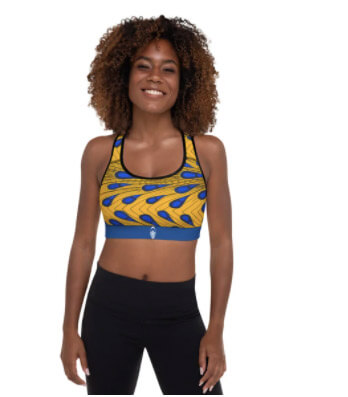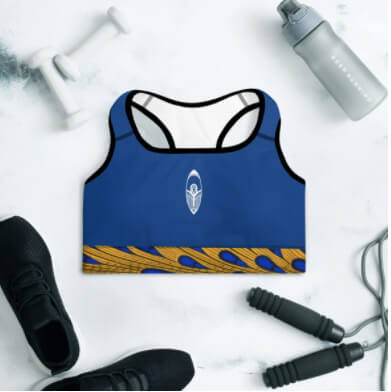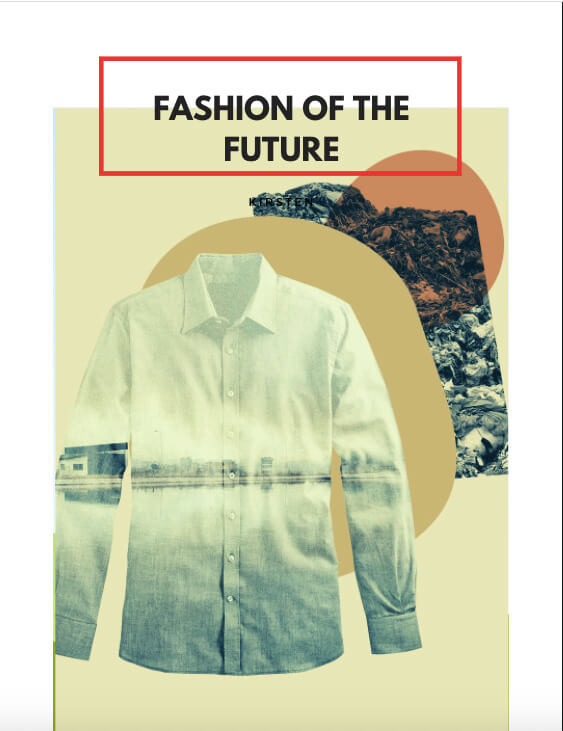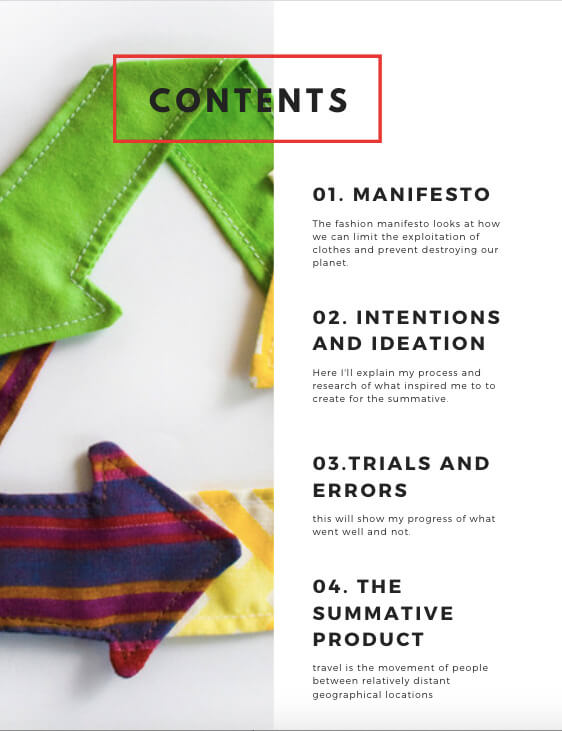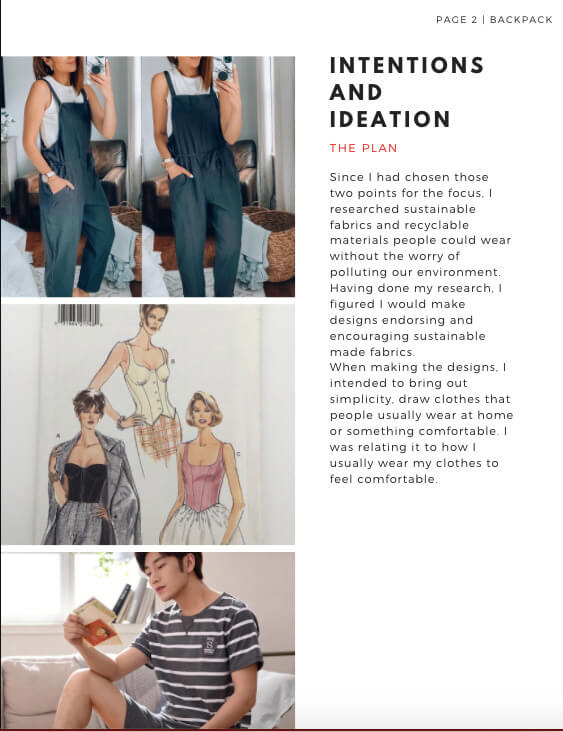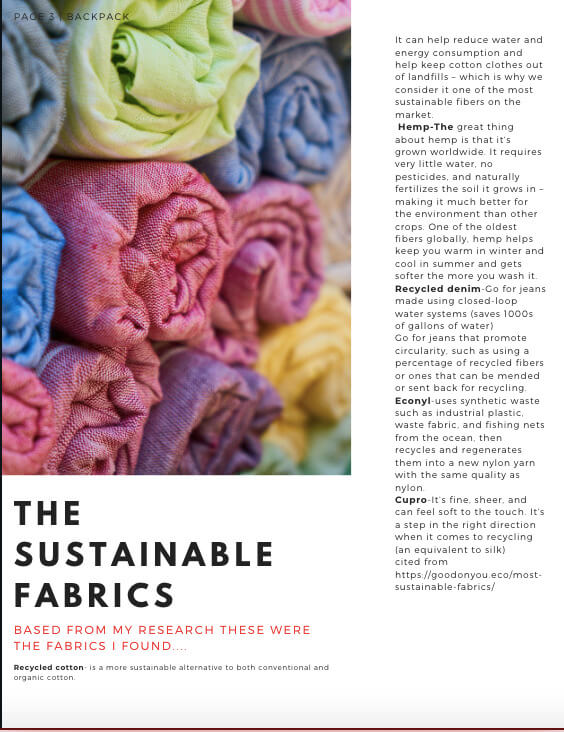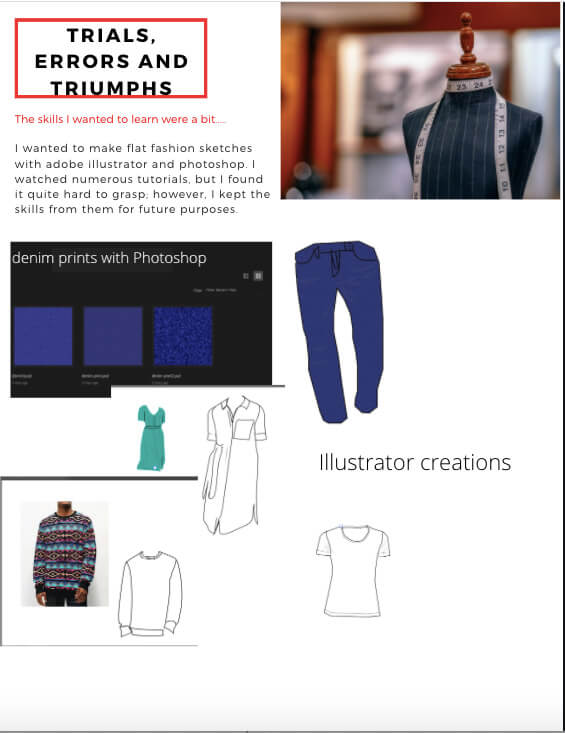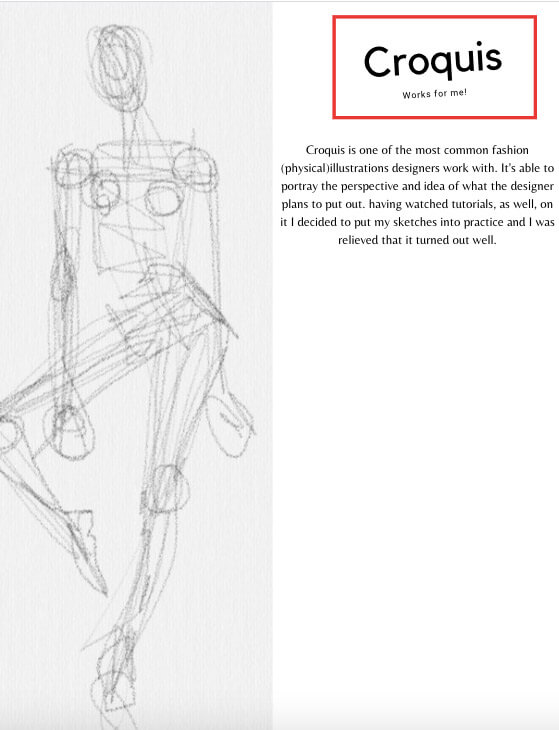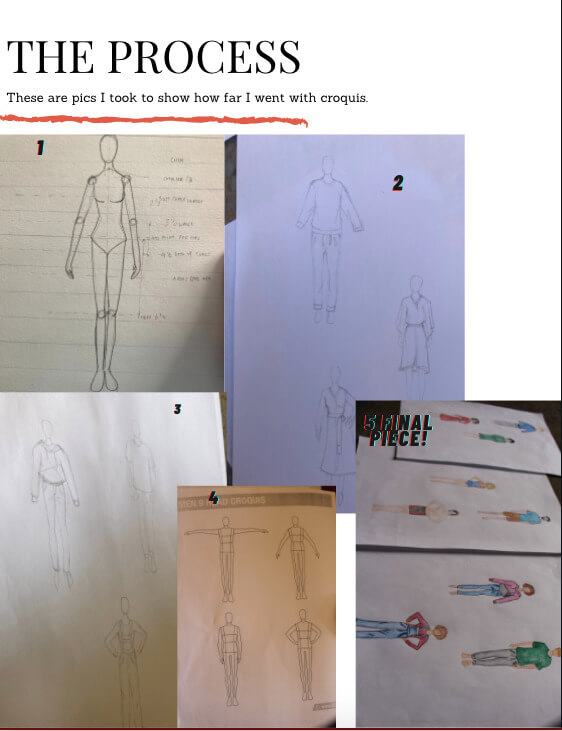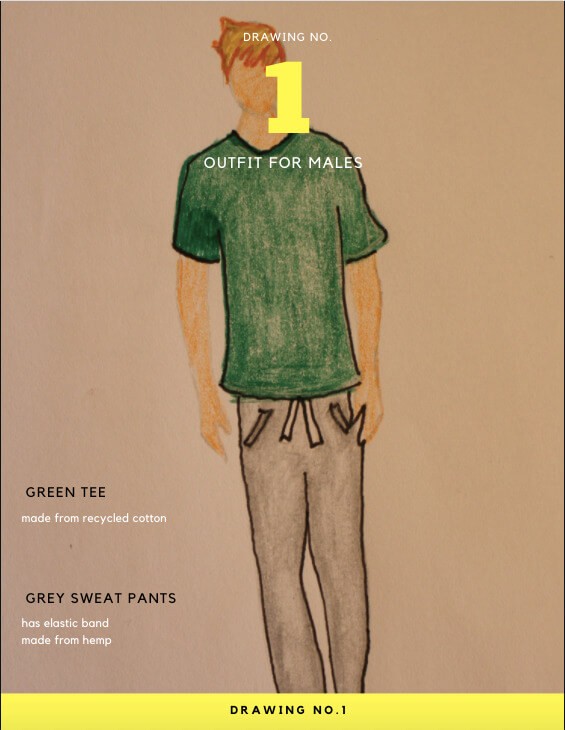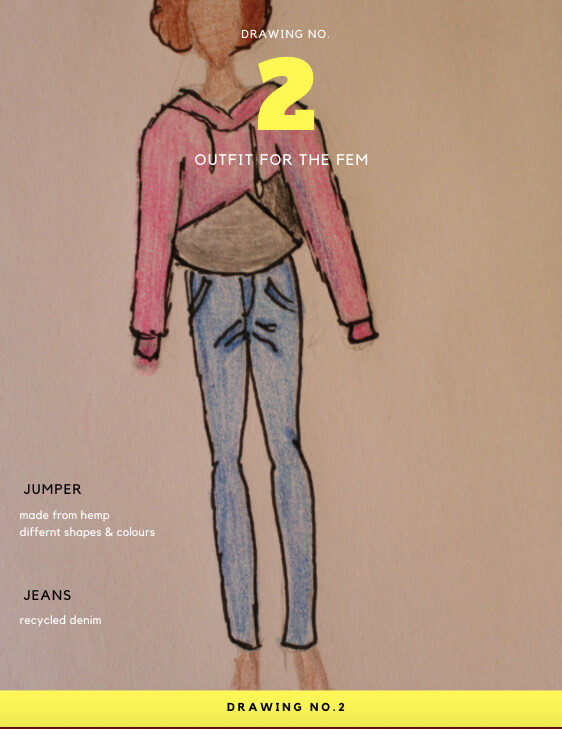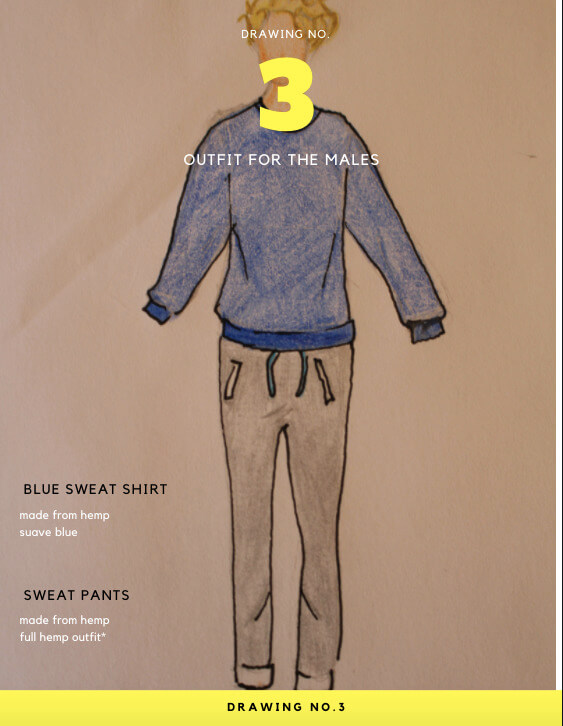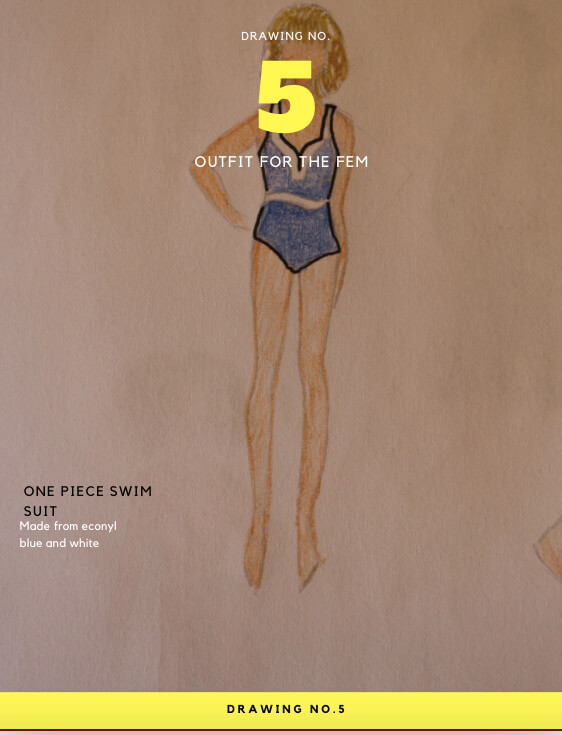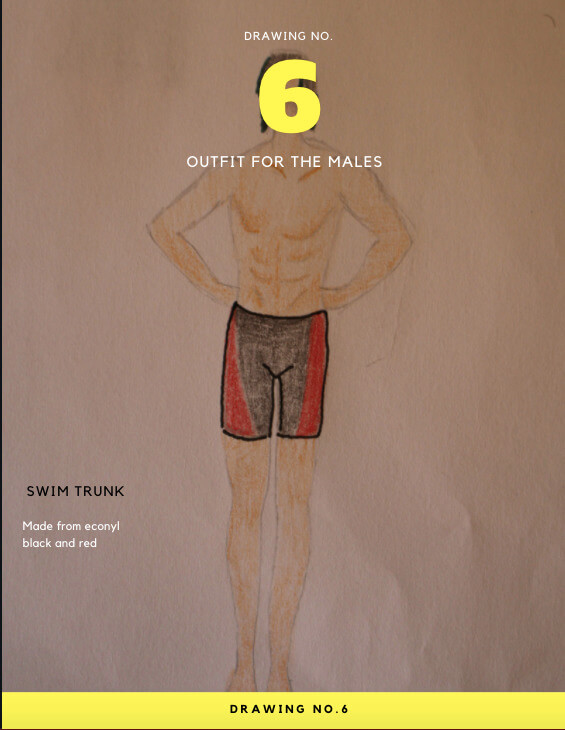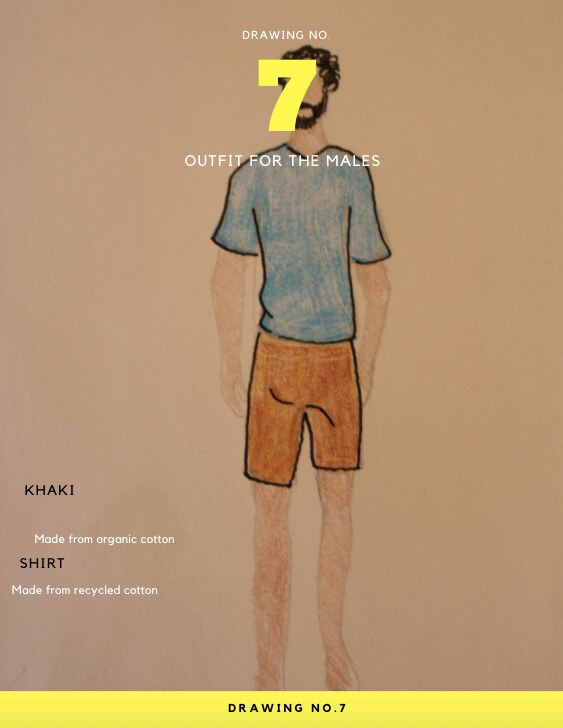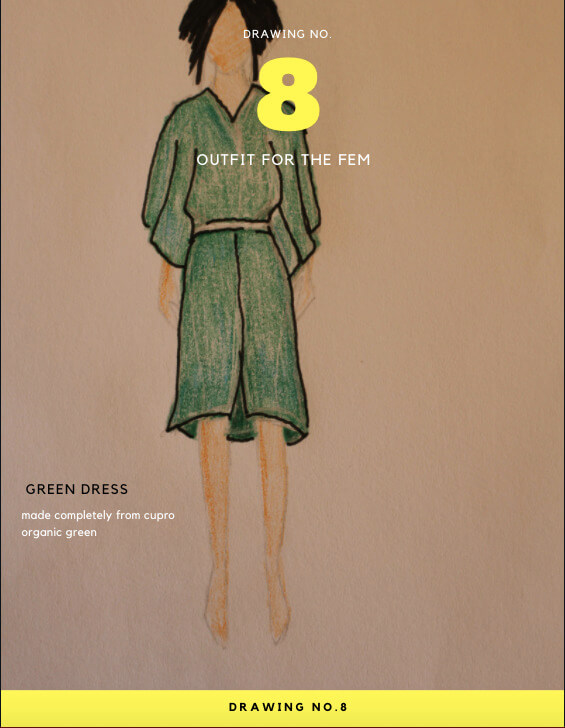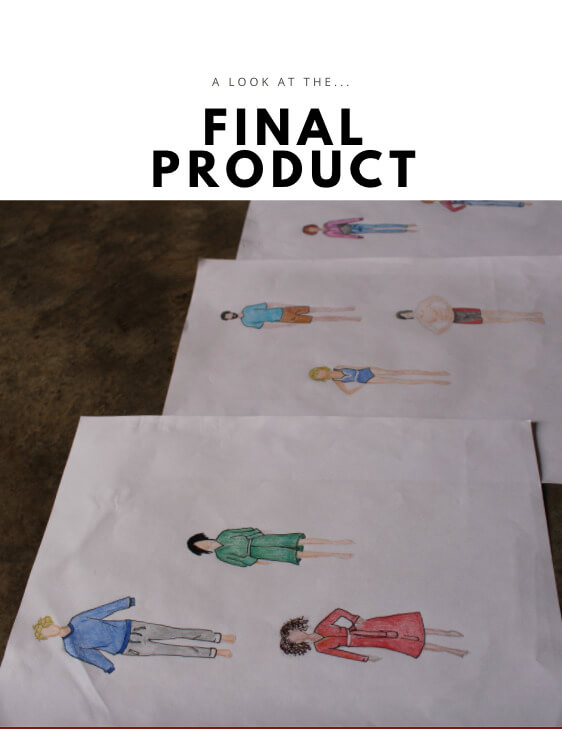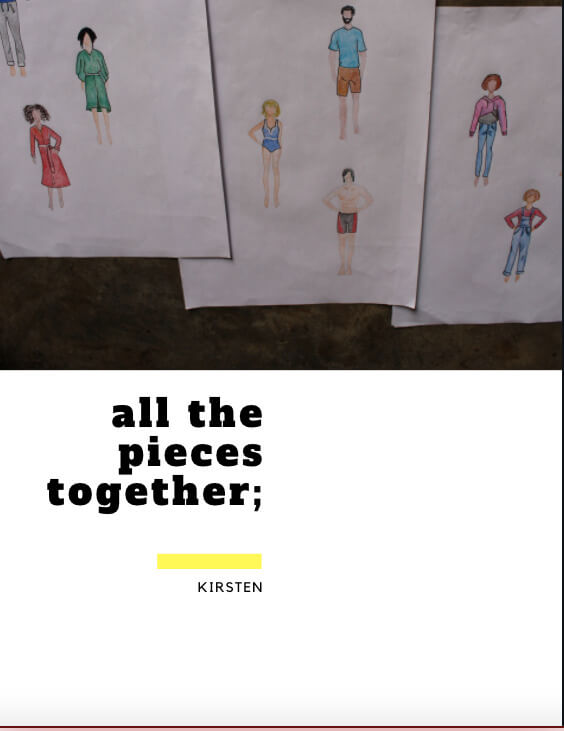1) Hi Nada, can you tell us what you've been up to since graduating from THINK Global School in 2022? Since graduating in 2022, I've been pursuing a passion I found while at TGS, sustainability, and I am currently majoring in engineering in renewable energy systems at Al Akhawayn University, in Ifrane, Morocco. But there is way more than that! I've had a chance also to explore the world of...
Read MoreOpportunities to find deeper powers within ourselves come when life seems most challenging. – Joseph Campbell
Another term is officially in the books here at THINK Global School.
As we continue to weather the global storm that is the COVID-19 pandemic, we’d like to thank our educators and onsite support staff for all their hard work this year. They continue to put forth quality projects for our students to participate in and arrange light-hearted online events as a means to socialize. In the future, when we reflect on these trying times while in host locations like Botswana, India, and Japan, we’ll have many bright spots to zero in on primarily due to their efforts. Beyond our team, we’d also like to recognize the efforts of educators worldwide who continue to put their students’ needs before their own.
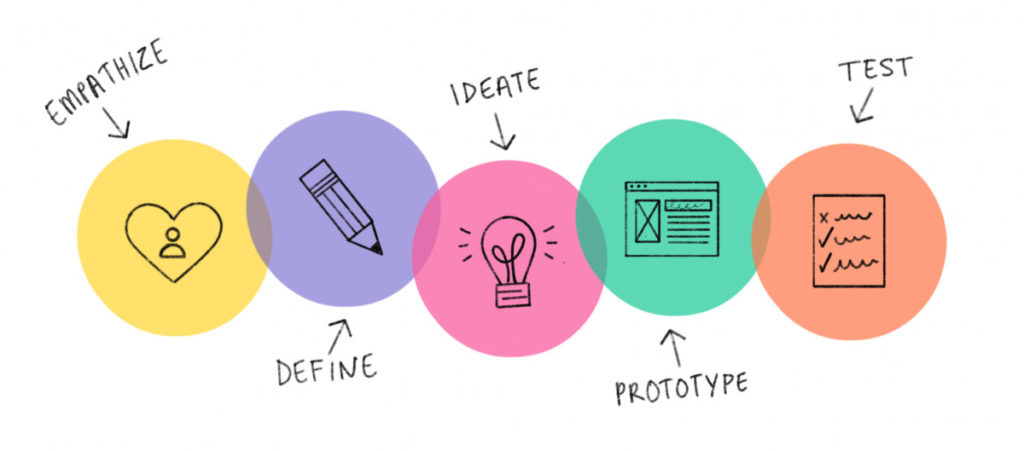
Design Thinking Steps. Image Credit: Community Development and Health Network
As a quick recap, all of our CM1 students participated in the same teacher-led module to start the year during Term One. That module was focused on design-thinking and asked students to answer the driving question: How might we collaboratively implement a design-thinking process to meet the needs of the community we serve? Students selected one human need to center their project around, and you can find their finished work here.
With an understanding of how projects work at TGS now under their belts, our CM1 students had three teacher-led modules to select from this term. Students also worked on at least one personal project (a project where they develop their own driving question to solve). And in the case of our seniors, many spent their time preparing college applications as well.
While we emphasize practicing all of our core values regularly, particular attention was placed on our core value of ubuntu this term. Ubuntu refers to the Zulu practice of connecting to a greater whole — in mutual support and community. Students did so by widening their connections and relationships to more community members through various online interactions.
Below you can find examples of how they did so, including by engaging in clubs, virtual dances, and sharing service-learning proposals.
Halloween
Lead educator and Halloween enthusiast Chelle Marshall wasn’t going to let Covid keep her from celebrating one of her favorite holidays, and all CM1 staff and students were invited to dress up and get down to some Halloween classics during a virtual dance party.
Service-Learning Proposals
Term Two provided an opportunity for our seniors to propose their service-learning projects to staff and students. These projects are intentionally modeled around the senior’s home city, providing them with an opportunity to apply the skills and concepts they’ve mastered abroad in a way that addresses local needs. To do so, they investigate shortcomings in their community and map out how their unique skill set can provide a solution. Following the investigative phase, students move on to planning and preparation, action, reflection, and finally, the demonstration of results.
These lengthy projects are some of the most meaningful students engage in during their time at THINK Global School, and their successful completion represents an important rite of passage in their educational journey.
In this video, Sarah, one of our American seniors, is proposing her service-learning project to a panel of staff and students.
Teohh Virtual Remote Gatherings
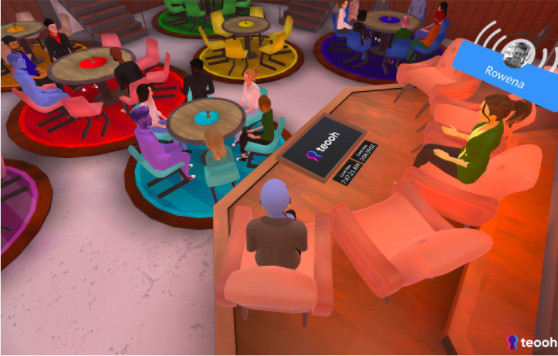
Since the pandemic began, we’ve been trying out a variety of digital methods to improve our remote experience. Sometimes we succeed, and other times things just end up being weird. Teooh, though, was definitely one of our success stories, and provided us with a way to provide a colorful palette to our All School Circles. Members of our community created their own avatars within the app and joined one another in a virtual conference room, as you can see above.
School Clubs
The Chameleon Student Newsletter
Our student-led online newsletter is back this year with some familiar faces alongside new ones. For a firsthand perspective on life at TGS, check out chameleon.thinkglobalschool.org. If you prefer you get your updates via social media, you can follow @global.chameleon on Instagram for updates.
Evolution of the Pixki Core Value
Pixki was introduced as a THINK Global School core value in 2020, and represents the first value conceptualized by students. It began as a component of a service-learning project by three of our Mexican students: Isabela Moro, Maria Diaz de Leon, and Paula Marquina, and quickly evolved into a vital part of our school culture.
For the project, the trio aimed to answer the driving question, “How can we minimize our CO2 footprint as students traveling around the world?.” One of the ideas they came up with was the inclusion of a new core value related to sustainability and environment stewardship. Through Pixki, students now aim to counter the CO2 emissions stemming from their flights by performing green actions in-country and holding one another accountable.
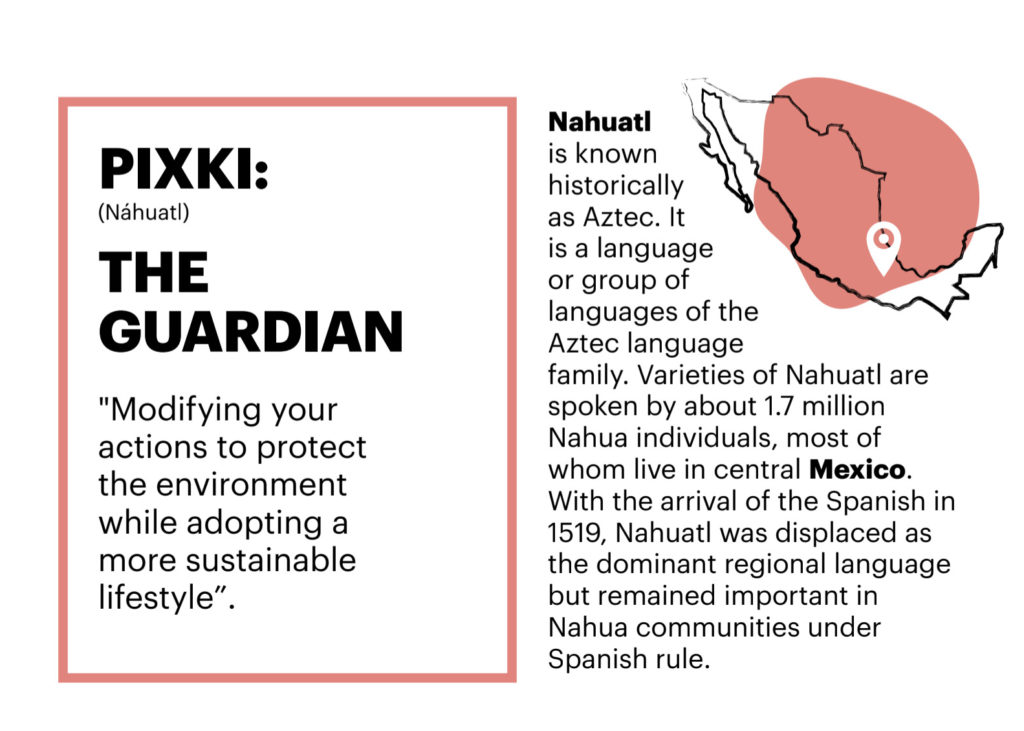
Pixki calls for students to modify their actions to protect the environment while adopting a more sustainable lifestyle. To truly embody the value, a club was started where students organized workshops and activities for the community to learn more about embodying Pixki. This term they had the opportunity to host some really cool events, including a session with PHD student and ecology expert Rinan Shah, a documentary night, and a game night with a sustainability theme.
Seeing students embrace the value of Pixki has been one of the bright spots of the pandemic, and we look forward to seeing them move THINK Global School towards a carbon neutral state by separating trash, using reusable products, avoiding food waste, and walking instead of taking transport once we begin traveling again.
Anti-Racist Club + Pixki
This term, our Anti-Racist Club and Pixki Club teamed up to intersect on the topic of environmental racism. Their first event was a viewing of the recent Netflix documentary There’s Something in the Water, a disturbing portrait of ecological and social disasters in Nova Scotia, Canada. Based on the research of Ingrid Waldron, the film follows Nova Scotia native Elliot Page as he travels to rural areas of the province that are plagued by toxic fallout from industrial development. The filmmakers discover that these catastrophes have been precisely placed in remote, low income Indigenous or Black communities. As the filmmakers observe, your postal code determines your health.
The club’s second session was a presentation highlighting disturbing instances of predominantly African American neighborhoods in the United States being affected by toxic waste, resulting in reduced air quality, poor water supplies, and increased health impacts for residents. Our Brazilian students also shared with the club how impoverished people in their country do not have access to enough water or filters to abide by COVID hand washing standards, rendering them more vulnerable to the pandemic.
Teacher-led Modules
Through many hours of hard work, countless online meetings, lengthy emails, and message exchanges (and not to mention an immeasurable amount of creativity), our CM1 students were able to produce meaningful and well-thought-out projects this term.
As is the standard, students had three teacher-led modules to choose from. This term’s modules were Thinking Critically About the State of the World, Kitchen Kulture, and Future of Fashion, which we’ll explore further below. Students were presented with a driving question at the start of the term which they explored from various angles over the next eight weeks. After throughly investigating their driving question, students turned in a final product and accompanying rationale.
Below you’ll find a look at each teacher-led module alongside a sampling of our students’ final products.
Thinking Critically About the State of the World
In this module, students studied events and issues impacting the world by answering the following driving question: How can we think critically to effectively inform citizens in a media manipulated world?
To do so, they selected an event or issue and developed their critical thinking skills by considering the media influences and potential sources of manipulation that affected it. You can find highlights from their project work below.
Social Pressure on Teenagers by Methini Gunasekaran
What were your goals for this module? How did you achieve them?
My goal for this module was to develop my critical thinking skills and learn how to make meaningful social messages. I achieved it in my summative video.
What did you learn about yourself or about your creative process or about your medium?
I learnt to deliver social messages effectively by using sarcasm as a tool.
TGS Protest Art by Mmetla, Mila, Theo and Rachel
What were your goals for this module? How did you achieve them?
Our goal was to change the narrative behind protest art being seen as performative and vandalism. We want to show the impact protest art had on protest movements, so we decided to create an Instagram page where we showed examples of its impact and us breaking down the narrative.
What did you learn about yourself or about your creative process or about your medium?
We learned key social media skills on how to present an idea on a platform such as Instagram and how social media can be used to inform people on important matters.
Hempographics by Effie, Teddy and Zuzanna
What were your goals for this module? How did you achieve them?
Our goal was to raise awareness about hemp and show some common misconceptions about this plant while connecting it all to the theme of sustainability. We presented our campaign on Instagram.
What did you learn about yourself or about your creative process or about your medium?
We learned that the process of choosing a font is a very long one and that critical thinking skills can help us find misconceptions in the social media world.
Kitchen Kulture
During this module, students took the opportunity to “digest” their own home country’s culture through food. Each student identified a dish that represented where they are from and analyzed its ingredients. They then worked to produce the collaborative digital cookbook found below. Each recipe explains how to cook the dish while highlighting the dish’s unique cultural aspects.
Towards the end of the module, students also had a chance to create a fusion dish based on what they learned from each other’s cultures.
Future of Fashion
In this module, students explored the roles of fashion and the fashion industry’s current state, including the environmental and social issues it continues to create, by answering the following driving question: How might we produce a product or concept that contributes to a more sustainable fashion future?
Students chose one or more areas for improvement as identified in Fashion Revolution’s Manifesto and explored current and potential solution efforts. Their final project was either a concept or product that contributes to a more sustainable fashion future.
Designing African Print Activewear Collection by Fatou K.
What were your goals for this module? How did you achieve them?
Across Africa, traditional prints are integral to feelings of belonging to a group, defining identities, and showing who you are. For generations, cultures around the continent have traditionally made textiles. Using my brand, I hope to show homage to these cultures and disseminate the stories behind their textiles while also using fashion as a catalyst for change to encourage more women to engage in more physical fitness.
For this project, I designed two collections for my activewear brand, Jarabi Fitness, paying homage to traditional African textiles and celebrating African culture and heritage. The designs included West Africa Kente prints and Dashiki prints. Using my platform, I also created blog posts detailing the cultural significance of the prints.
What did you learn about yourself or about your creative process or about your medium?
I learned that my creative process tends to veer towards putting hours of work in on one day when I feel motivated, as opposed to stretching my work out over time. Once I feel a jolt of motivation, I’m able to get a lot of things done!
Sketches with Sustainability
What were your goals for this module? How did you achieve them?
I made a magazine-like platform that showcases my process through creating the sketches, from my research on sustainable fabrics, why I chose the points from the fashion manifesto and finally each design allocated to the material they are made from. One of my main focuses for the module was to make sure that people embraced using sustainable materials in their designs and creations. I also wanted to include the theme of simplicity, not that trendy.
I guess I could say I was able to learn new art skills like making art sketches and a bit of digital art. I think I have a good understanding of what sustainable materials are best for the fashion industry, which makes sense, because combining sustainability into my designs was my main focus for the summative assessment.
What did you learn about yourself or about your creative process or about your medium?
I got to learn how to work with digital design through Illustrator and Photoshop; however, it’s still a growing skill for me so I wasn’t able to showcase it for my final product, but I hope to continue improving on it. Making digital art made me realize that there is more to just drawing and painting-basically all the physical work-that can also be expressed in computers which is cool!
I also learned that it’s helpful to look at others’ work for guidance.
Personal Projects
In addition to teacher-led modules, the Changemaker Curriculum provides students the agency to engineer projects of their choosing, allowing them to explore the themes and topics they are genuinely passionate about. Each term students are encouraged to engage in at least one personal project, and these projects can be spread across whatever timeframe the student sees fit; if they’d like to scratch the surface on a subject, they might complete it in one term, but if it is a subject they are passionate about, they might spread it across an entire school year, demonstrating to their mentor growth and skill mastery as they go along.
Below you can find personal projects that were completed this term by our CM1 students.
The Clean Walk Project by Nada K.
Driving Question: How can I raise awareness about pollution while building community and using videography to document the experience?
My Final Product: My summative is a video that highlights all the clean walks and the work I have done with my team, as well as a visual representation of how we can help the environment.
What are you passionate about that led you to choose this project?
This project is really important to me because pollution is a global issue that we and our planet are suffering from. I wanted to have even just a small impact on my community by acting upon that issue and raising awareness about it.
What do you hope people will get from looking at your page?
I hope that people could get inspired by the initiative I took, and maybe make them aware that even as simple individuals we can make a change.
What was your initial idea and what did you want to do/learn with this project?
My initial idea for this project was to involve people I know to take action and do something about the environmental situation here in Morocco. I also wanted to learn how to manage a team and lead them towards the same goal and discover the world of editing.
What are your big takeaway lessons from this project?
My big takeaways are to not give up even if it is hard to perceive, to act upon issues that matter to us and be hopeful because change is possible.
Gigi in the Sea by Gigi
Driving Question: How can I creatively document my journey of earning my PADI Advanced Open Water Diver, Rescue Diver, and Emergency First Responder certifications?
I would be satisfied with any of the following responses:
“Wow! Our oceans sure are magnificent. I am going to make a conscious effort to improve my actions to protect and preserve our precious environment.”
“The Philippines is unbelievably beautiful! I’m planning a trip to Puerto Galera right now. But not without watching Gigi’s other documentary on unsustainable tourism first.”
“Scuba diving looks like so much fun. Sign me up for an Open Water certification! I want to learn how to appreciate marine biodiversity in the best way.”
What was your initial idea and what did you want to do/learn with this project?
Going into the project, I already received my PADI Open Water Certification so I was only really looking towards finishing my Advanced Open Water. But a couple of weeks later, I ended up becoming a rescue diver and an emergency first respondent as well! Not only do I know how to handle myself and be cautious of my environment underwater, but I’m confident that I can save others if I needed to. Which is a pretty cool feeling, if you were wondering.
Smart Punching Bag by Yeli K.
Driving Question: How might I create a product that allows me to practice essential martial arts skills on the go?
What are you passionate about that led you to choose this project?
I have been an avid martial arts fan since I was young, practicing arts from Kung Fu to Boxing. Unfortunately, when I travel I’m not able to work on my skills. Losing valuable practice time while traveling greatly affects my performance when I get back to the ring. To remedy this, I hope I can create a product that allows me to travel and continue to hone my fighting techniques.
Making the conscious decision to dedicate myself to martial arts within the past year has positively affected my physical health. I constantly feel more energized, my stamina has improved considerably, and I’m able to channel my negative energy in a more positive way. This project will provide the tools to maintain these habits even while traveling.
My summative product will be a useable punching bag/device that I can take with me to term.
What was your initial idea and what did you want to do/learn with this project?
My initial idea was to use a hat with a punching bag, but that didn’t work. I initially wanted to learn more about using different 3D platforms to create prototypes.
